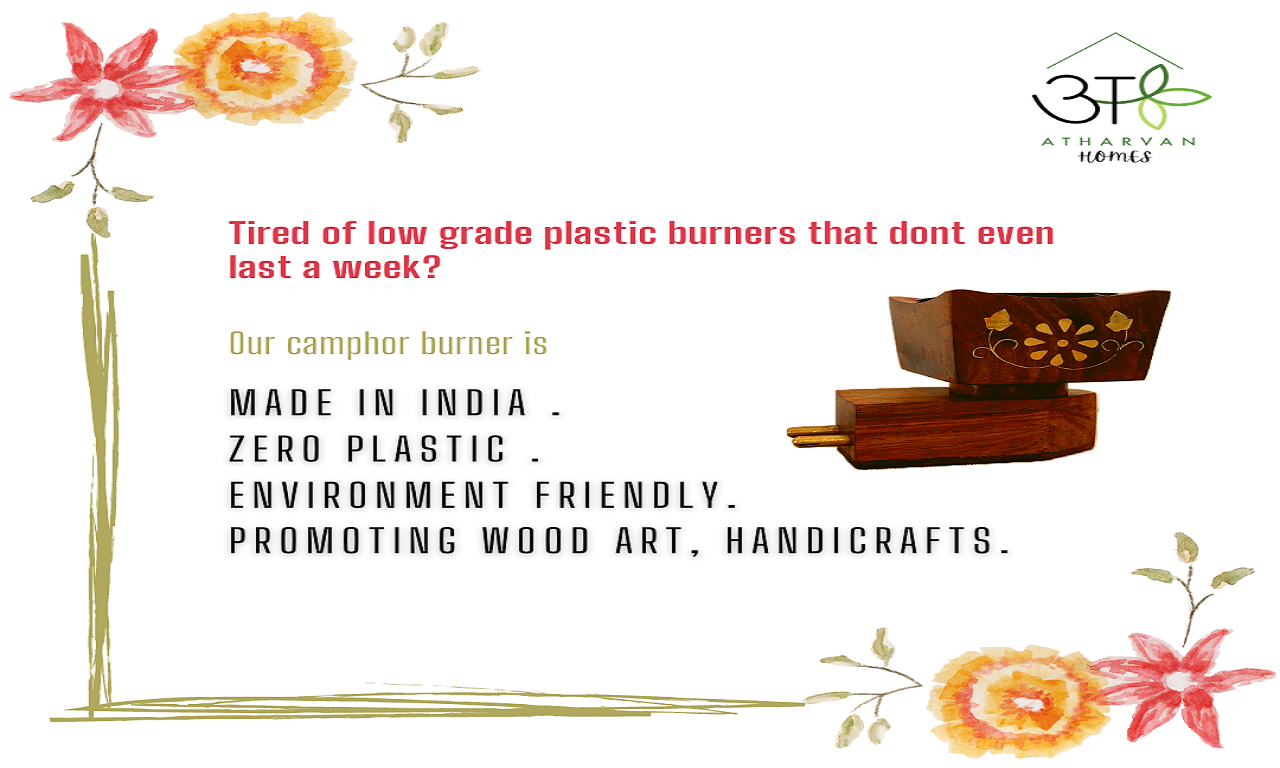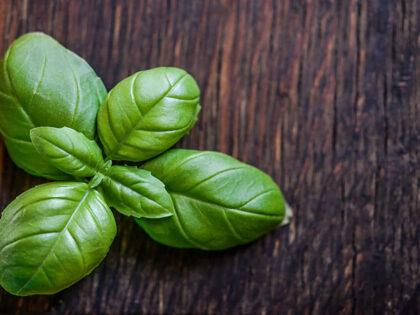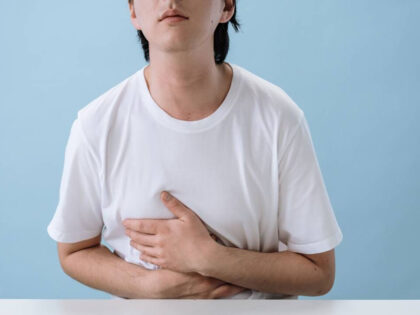Your Essential Guide To Karpura (Camphor)
-
Roopashree Sharma
- Posted on
- 2 comments

In Ayurveda, only one variety of Karpura (Camphor) was referred up to the period of Dhanvantri Nighantu (oldest Ayurvedic materia medica placed between 8th -10th AD).
The camphor found on tree pits and branches of trees was referred to as Natural camphor (apakva Karpura), whereas that obtained by distillation with water of the wood/ tree/ plant was called the Pakva variety.
This prized botanical has been used in India, China, and other southeast Asian countries as a medicinal curative for centuries.
In Japan, they derive Camphor from the distillation of Cinnamomum camphora trees (Pakva). However, India has a practice of deriving Camphor from the leaves and tree pits of the genus Dryobalanops camphor trees (Apakva). Natural Camphor is also known as ‘Bhimseni Kapur’, ‘Shuddh Kapur’ or ‘Desi Kapur.’
Beware of Synthetic Camphor
What most of us don’t know is that Camphor can also be produced synthetically from turpentine oil and is commonly sold in the market. It is used in most products for cold and pain relief, aromatic candles, soaps, etc.
The synthetic Camphor is non-edible and poisonous if consumed. It is also known to contain chemicals that can cause cancer
Purity check
Although the natural camphor is known to be edible and has many benefits for internal use, but you should not consume until you are completely confident of its purity.
Here’s how you can check if your Camphor is of the purest form
- It burns completely without sparking and leaves NO residue.
- Pure camphor settles down in the water. Read more here
- Pure camphor oil is also white in color, the brown and yellow variants are not safe for use as they contain a high amount of safrole.
You can also watch some of these videos showing the process –
Testing of Original Camphor
Karpur uses in Ayurveda
Ayurveda prescribes the use of Natural Karpur also known as “Pachchaa karpooram” in Telugu, “Pachai karpooram” in Tamil, and “Kachha karpoor” in Hindi.
It acts as a catalyst for balancing Kapha and Pitta doshas and is a coolant in Veerya (nature). It gives a cooling sensation because it is absorbed by our skin and activates the ion channels in our body.
It has many medicinal benefits, due to its anti-bacterial, anti-fungal and anti-inflammatory properties, such as
- Cures respiratory disorders
- In oral disorders, it helps with mouth dryness, sore throat, toothache and even to get rid of bad breath.
- Camphor is also a blood-thinning agent that helps reduce cholesterol in blood vessels
- Helps reduce fats when diluted with mustard oil and rubbed over fat deposit areas. (Read more)
- It also acts as a digestive and cures Pitta dosha.
- In lower doses, it’s an aphrodisiac, but higher doses can rather decrease sexual performance. It also improves blood circulation, thus helping with erectile dysfunctions.
- Relieves skin irritation and itchiness and may help to improve the overall appearance of the skin.
- Camphor Oil (only white camphor oil is safe to use)
- Cures arthritis pain and rheumatism
- It is an ingredient of many vaporub and decongestants
- Camphor oil is great for hair, reduces dandruff, and promotes hair growth
- Purifies the surrounding air by destroying harmful bacteria and viruses and improves the air quality. Also known to keep mosquitoes away. A simple way to use it is in modern-day diffusers, but please use only pure natural camphor.
Any oral usage should be done under the strict supervision of Ayurveda/ medical supervision. Should not be consumed by children, pregnant and lactating mothers. Strong or high usage is not suitable for patients with high blood pressure and asthma.
SCIENCE OF RITUALS:
Due to its high UV absorption maxima, camphor emits immense energy upon burning. When we wave our hands over its flames, our palms absorb this energy-enhancing body’s chakra system. If closely observed, one can notice the white gold aura of natural camphor once lit.
The practice of burning camphor in morning prayers (arti) is a simple way of getting a daily dose of this wonder resin.
As per our scriptures, pure camphor symbolizes union with God as it burns completely, leaving behind no trace.
This ancient mantra prayer to Lord Shiva signifies the purity of Camphor with its white color and its property of completely dissolving into the universe, leaving no trace behind.
कर्पूरगौरं करुणावतारं (Pure White like Camphor, an Incarnation of Compassion)
संसारसारम् भुजगेन्द्रहारम्। (The Essence of Worldly Existence, Whose Garland is the King of Serpents)
सदावसन्तं हृदयारविन्दे (Always Dwelling inside the Lotus of the Heart)
भवं भवानीसहितं नमामि॥ (I Bow to Shiva and Shakti Together)
HomeImprov Ideas @Atharvan
Use Kapur in your electric or normal diffuser for an amazing fragrance that is soothing and relaxing to the senses. Its nose-tingling vapors uplift the mood and energy levels. Buy Kapoor Burner
We hope you benefit from this information. Stay healthy, do read our other articles on Staying Healthy with Mind, Body, and soul.
- Physio Chemical Evaluation and Characterisation of different types of camphor used in Ayurvedic Formulation. Read more
- The raw material is oleo pine resin, extracted from pine trees. From this comes turpentine, and from this comes alpha-pinene which is used to make synthetic camphor.
Read more - A 2018 Trusted Source animal study found that an ointment containing camphor, sesame oil, and honey decreased the healing time for second-degree burn wounds and was found to be more beneficial than using Vaseline. Read more
- Mantra meanings and simple translations. Source






Dheemahi Ayurveda centre The Best ayurvedic hospital in Kerala
The Best ayurvedic hospital in Kerala for complete detox and rejuvenation programs
To provide a complete detox and rejuvenation program within a cost that anyone can afford was a dream of our founder Dr. B Gireesh. Following the footprints, Dr. Jayakrishnan G BAMS MD in Kayachikitsa has done extensive research on the tradition of knowledge and implemented in the current lifestyle needs and lifestyle disorders.
The thousands of people who come and experience the detox and rejuvenation programs in our hospitals and ayurvedic centers is a testimonial to our comprehensive quality programs.
What makes us best, we believe in the following four vital factors makes us one of the best ayurvedic hospitals in Kerala for complete detox and rejuvenation programs
Best Ayurvedic Doctor
Best Ayurvedic medicine
Best Ayurvedic therapists
The patient who trusts and follows the Doctors.
Dr. Gireesh and Dr. Jayakrishnan put their efforts to make these basic factors to perfection and the result is an ayurvedic center that provides best in class ayurvedic treatments.
Best Ayurveda Hospital in India for Panchakarma treatment
Dheemahi Ayurveda stands firmly rooted in the timeless tradition of Ayurveda, with an unwavering dedication to prioritizing the health and well-being of our patients. Our heritage boasts a rich lineage of Ayurvedic wisdom spanning five generations, underscoring our enduring commitment to the principles and practices of this ancient healing system.
Our team comprises expert doctors and skilled professionals who are deeply committed to guiding patients on their journey toward optimal health. With a focus on personalized and comprehensive care, we ensure that each individual receives tailored treatment plans aligned with their unique needs and goals.
At Dheemahi Ayurveda, we place a profound emphasis on the supervision and follow-up of patients, particularly during Panchakarma therapies. Our attentive approach ensures that patients receive continuous support and guidance throughout their treatment journey, facilitating a safe, effective, and transformative experience rooted in the holistic principles of Ayurveda.